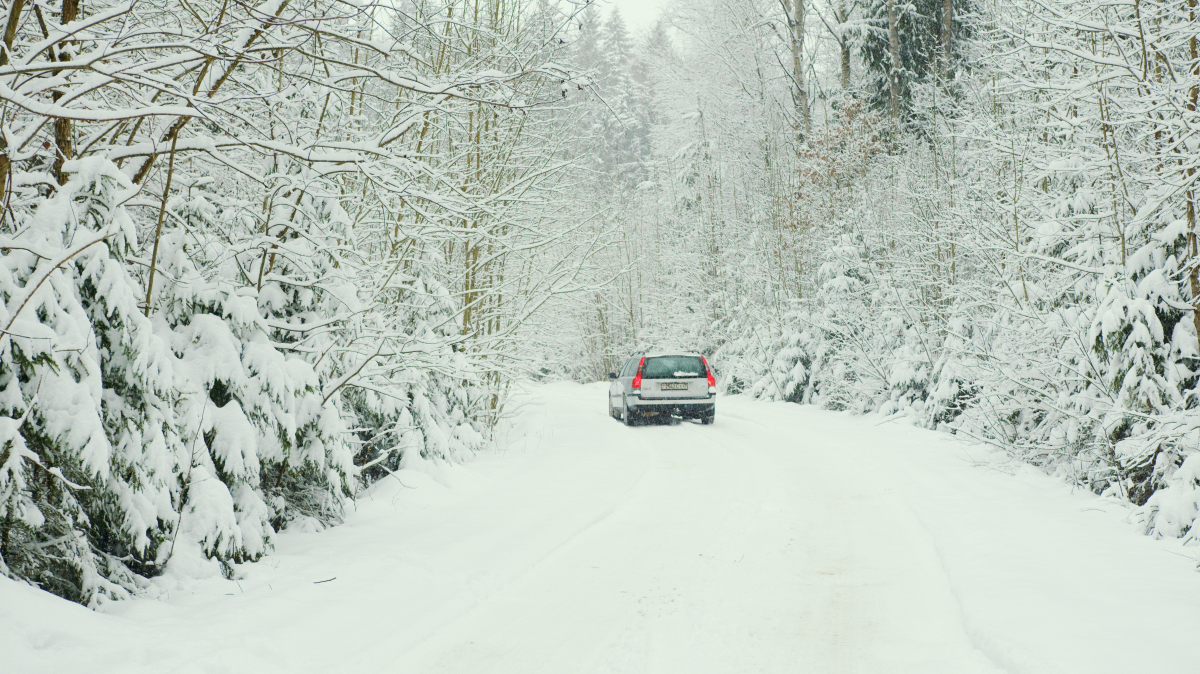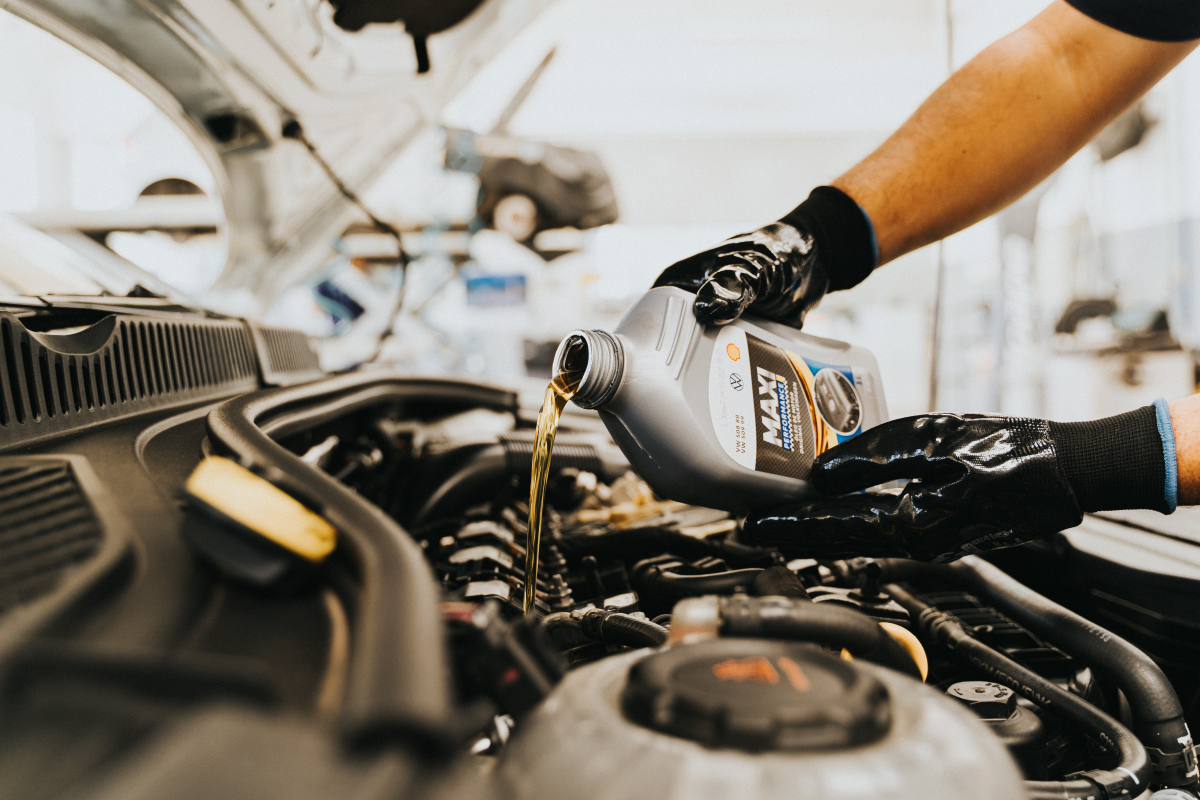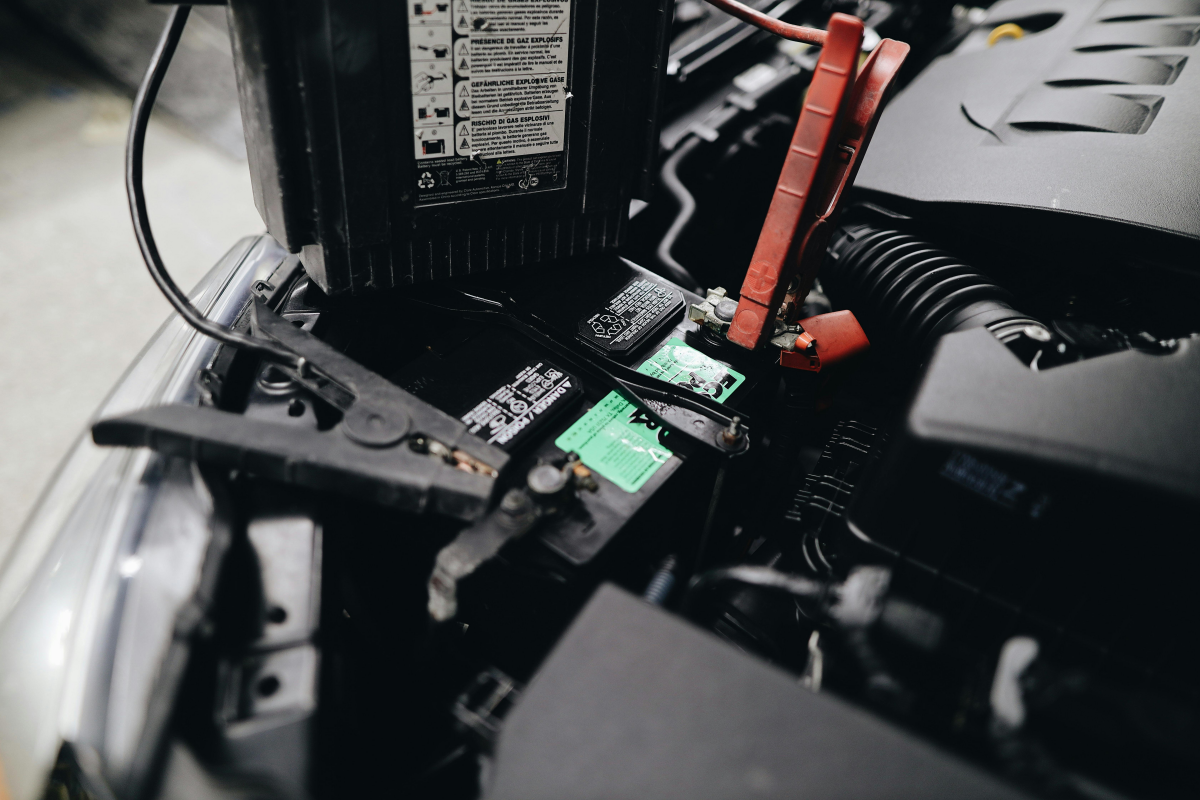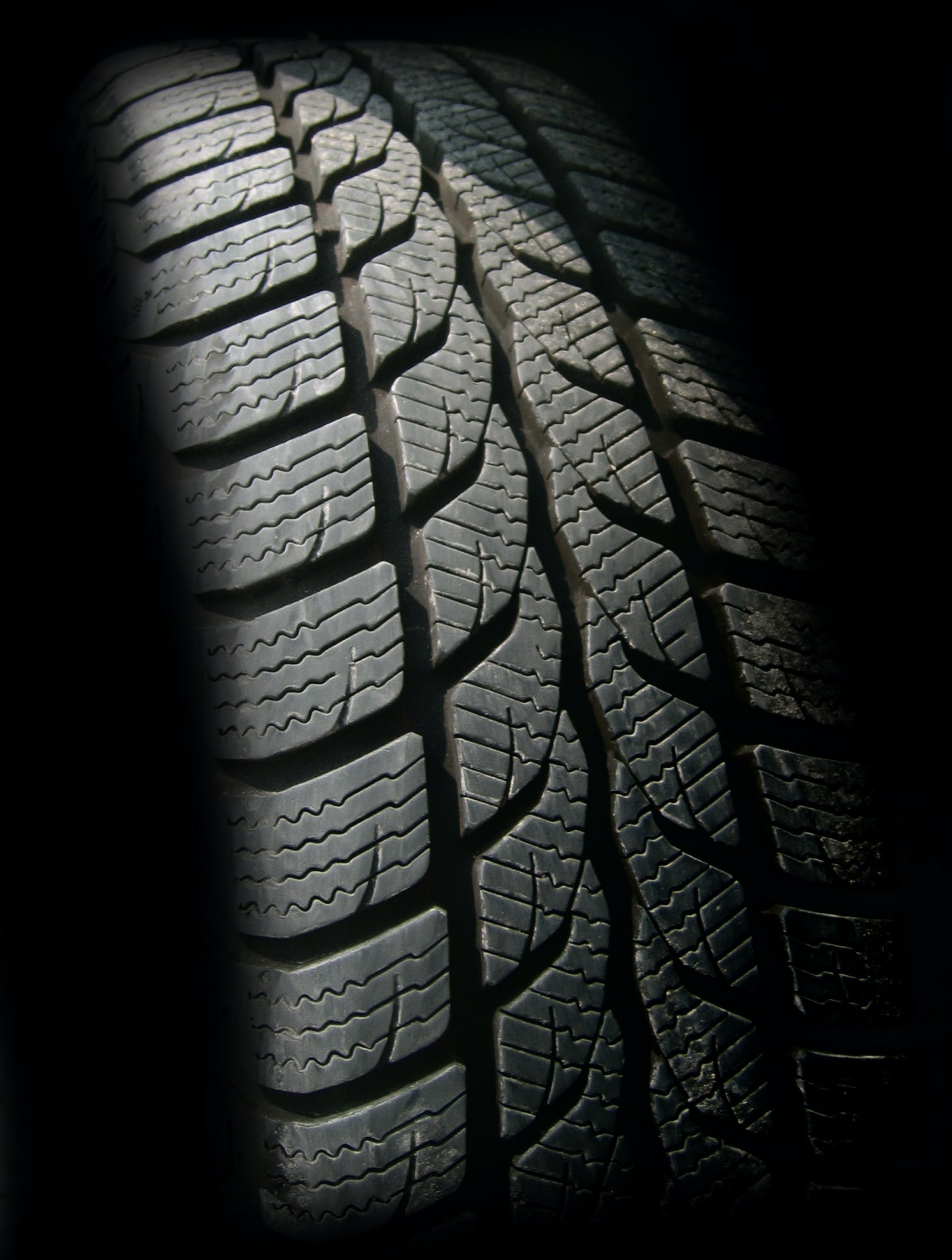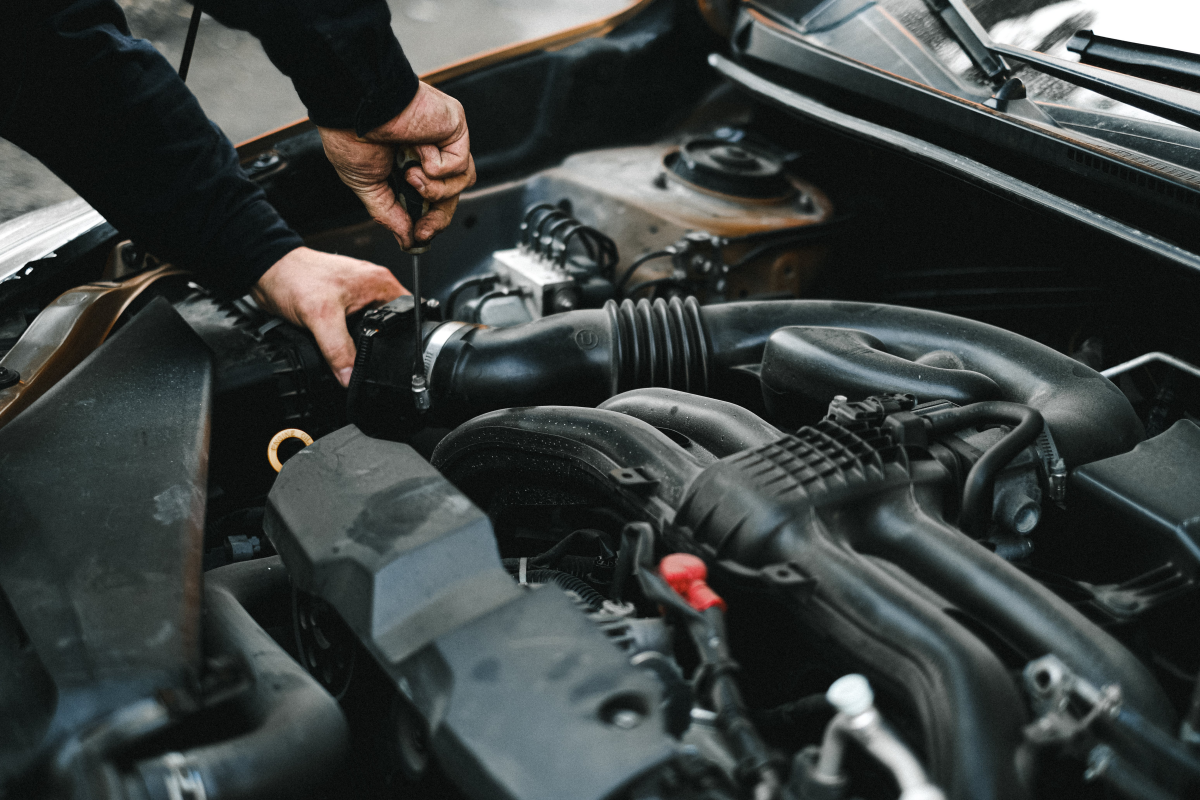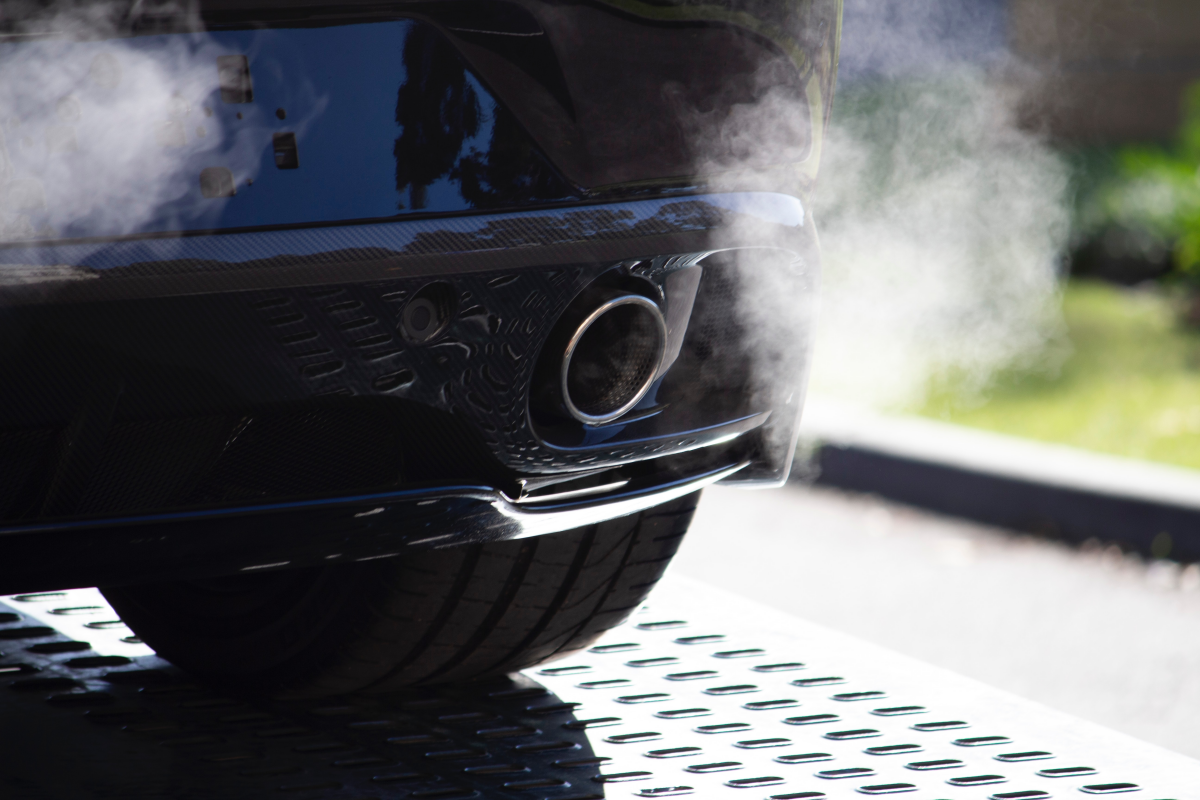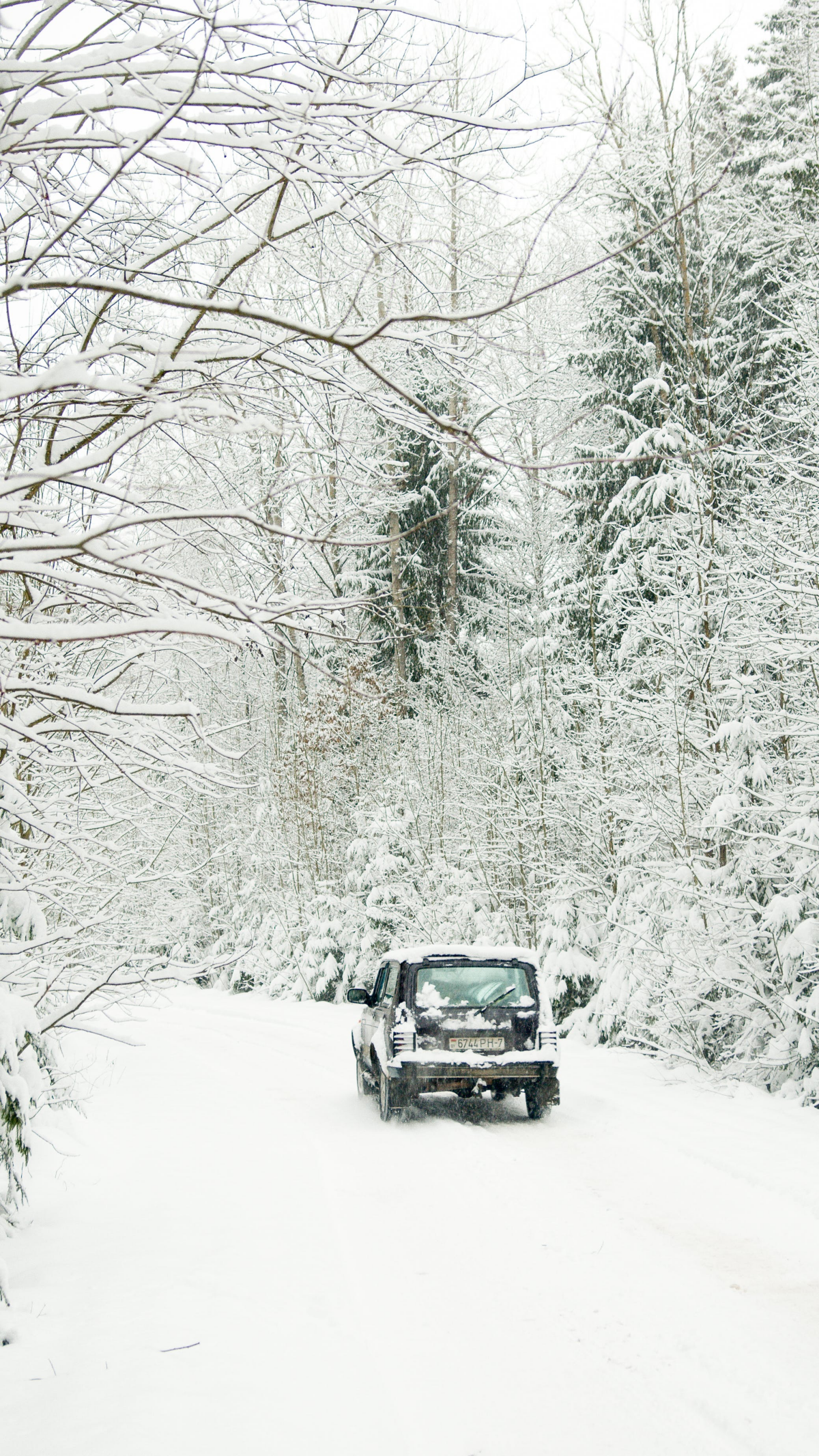How To Winterize Your Vehicle: A Simple Step-by-Step Guide
Winter, with its glistening snowscapes and cozy nights by the fire, can also be a season of daunting challenges, especially when it comes to navigating the roads. Our vehicles, faithful companions in our daily journeys, require extra care during these harsh winter months. From icy roads to freezing temperatures, winter throws a lot at our cars, and a little preparation goes a long way. Winterizing your vehicle is not just about ensuring it starts on a frosty morning. It’s about safety, efficiency, and prolonging the life of your car. In this guide, we’ll walk you through the essential steps to prepare your vehicle for winter, ensuring it’s as ready for the season as you are with your cozy boots and warm scarves. Here is how to winterize your vehicle like a pro.
Let’s learn how to winterize your vehicle
In this article
- How To Winterize Your Vehicle
- Check and replace fluids
- Battery maintenance
- Swap to winter tires
- Inspect the brakes
- Take care of wiper blades
- Check the heating and defrosting systems
- Pack an emergency kit
- Examine belts and hoses
- Protect the exterior
- Stay fuelled
- Regular engine checks
- Lubricate seals
- Check the exhaust system
- Prepare for reduced visibility
- Inspect suspension system
- Related Articles
How To Winterize Your Vehicle
As autumn’s vibrant hues give way to winter’s stark beauty, it becomes crucial to turn our attention to winterizing our vehicles. Just as we layer up to brace for the cold, our cars also need their version of winter wear. Winterizing your vehicle goes beyond a mere seasonal routine. It’s an essential practice to ensure your car withstands winter’s harsh conditions. Each step in this process plays a significant role in maintaining your vehicle’s performance in the cold. Neglecting these steps could mean the difference between a car that’s ready for winter’s challenges and one that falters in the face of freezing temperatures. So, here is how to winterize your vehicle.
It is crucial to turn our attention to winterizing our vehicles
Check and replace fluids
Preparing your vehicle for winter starts with a thorough inspection and replacement of essential fluids. Ensuring that your antifreeze is at the correct level and concentration is vital to prevent the engine from freezing in low temperatures. Antifreeze, a key player in your car’s winter resilience, keeps the engine running smoothly in freezing conditions. Switching to winter-grade oil, designed to flow more easily at lower temperatures, can significantly enhance engine performance and protection during cold starts. Don’t overlook your windshield washer fluid. Opt for a type with a lower freezing point to maintain visibility in frosty conditions. Properly maintained fluids are crucial for your vehicle’s health and your safety. They ensure that every component functions optimally, even as the mercury drops, safeguarding against the common pitfalls of winter driving.
Start with a thorough inspection and replacement of essential fluids
Battery maintenance
Cold weather can significantly impact your car’s battery, making its maintenance a critical aspect of winterizing your vehicle. Batteries tend to lose power as temperatures drop, and a weak battery could leave you stranded. Have your battery tested by a professional to ensure it’s up to the task of winter starts. If it’s not holding a charge efficiently, replacing it before it fails is a wise decision. Also, clean any corrosion from the battery terminals to ensure a reliable connection. A well-maintained battery ensures your vehicle starts even on the coldest mornings, giving you peace of mind during winter travels. Remember, a strong and reliable battery is more than just a component of your car. It’s the heart of its winter resilience.
Cold weather can significantly impact your car’s battery
Swap to winter tires
In areas prone to snow and ice, swapping to winter tires is not just a recommendation. It’s a necessity for safe winter driving. Unlike all-season tires, winter tires are specifically designed to handle the challenges of cold, slippery roads. Their unique tread patterns and rubber compounds remain flexible in low temperatures, offering superior grip and handling. Even in regions with milder winters, the reduced effectiveness of regular tires in low temperatures can compromise your safety. Winter tires can dramatically improve your vehicle’s traction, braking, and overall stability, providing you with the confidence to navigate winter roads safely. Investing in a set of winter tires is an investment in your safety and should be a key element of your vehicle’s winter preparation.
Swapping to winter tires is an essential task
Inspect the brakes
Efficient braking is crucial for safe driving, especially in winter conditions. Brakes must be in top condition to respond effectively on icy or snowy roads. It’s advisable to have your brakes checked and serviced by a professional to ensure they’re reliable when you need them most. This inspection should cover brake pads, discs, and fluid. Healthy brakes can mean the difference between a safe stop and a potential accident. Winter roads are unforgiving, and compromised brakes can significantly increase the risk of collisions. Regular brake maintenance not only ensures your safety but also extends the life of your braking system, making it a crucial aspect of preparing your vehicle for winter conditions.
Efficient braking is crucial for safe driving
Take care of wiper blades
Visibility is crucial in winter, with shorter days and often hazardous driving conditions. Ensuring your wiper blades are up to the task is essential. Install heavy-duty winter wiper blades, which are designed to handle ice and snow buildup more effectively than standard blades. Additionally, ensure your windshield washer fluid reservoir is full with a freeze-resistant solution. This not only aids in maintaining clear visibility but also in removing the salty residue that can accumulate on your windshield from winter roads. Properly functioning wiper blades and adequate washer fluid are simple yet critical components of safe winter driving, helping you to see and react to road conditions and hazards.
Visibility is crucial in winter
Check the heating and defrosting systems
Your vehicle’s heating and defrosting systems are more than just comfort features. They’re essential for safe winter driving. A functioning heater keeps you warm inside the vehicle, making winter journeys more bearable. More importantly, an effective defrosting system is crucial for maintaining clear visibility. Fogged-up or icy windows can significantly impair your ability to see road conditions and other vehicles. Before winter sets in, ensure that these systems are working efficiently. This might involve a checkup from a mechanic to diagnose and fix any issues. Remember, a clear windshield and a warm car are key to a safe and comfortable driving experience in the cold months.
This is a crucial step in learning how to winterize your vehicle
Pack an emergency kit
Preparing for unforeseen situations is a vital part of winterizing your vehicle. An emergency kit tailored for winter conditions can be invaluable in the event of a breakdown or unexpected delay. Your kit should include items like a warm blanket, extra clothing, a flashlight with extra batteries, a first-aid kit, a shovel for snow, and some non-perishable snacks. These items can provide comfort, safety, and sustenance if you find yourself stranded in cold weather. Additionally, consider including a bag of sand or cat litter for added traction if your vehicle gets stuck in the snow. Packing an emergency kit gives you a safety net, ensuring you’re equipped to handle whatever winter roads may throw your way.
Preparing for unforeseen situations is a vital part of winterizing your vehicle
Examine belts and hoses
The cold temperatures of winter can take a toll on the belts and hoses in your vehicle, which are crucial for its smooth operation. These components can become brittle and crack in freezing weather, potentially leading to breakdowns and costly repairs. Have them inspected for signs of wear and tear and replace them if necessary. This preventive maintenance step can save you from unexpected troubles and ensure your vehicle remains reliable throughout the winter. Regular checks of belts and hoses help maintain the mechanical integrity of your car, keeping it running efficiently even in the toughest conditions.
The cold temperatures of winter can take a toll on the belts and hoses in your vehicle
Protect the exterior
The harsh winter conditions, coupled with road salt, can be damaging to your vehicle’s exterior. To protect against rust and corrosion, apply a fresh coat of wax to your car’s body. This wax acts as a barrier against moisture and salt, prolonging the life of your paintwork. Additionally, consider using rubber-coated floor mats and protective seat covers to shield your car’s interior from the slush, snow, and salt that can be tracked in on shoes and clothing. These steps not only maintain the aesthetic appeal of your vehicle but also protect its value and longevity.
Apply a fresh coat of wax to your car’s body
Stay fuelled
Keeping your gas tank at least half full during the winter is a simple yet effective precaution. A fuller tank reduces the risk of fuel line freeze-up, a common issue in cold weather, and ensures you have enough fuel in case of unexpected delays or detours. Moreover, a well-fueled tank adds weight to your vehicle, which can improve traction in snowy conditions. Regularly topping up your gas tank during winter months is a small habit that can prevent a range of problems, from starting issues to being stranded without fuel. Plus, in emergency situations, it ensures you can keep the heater running to stay warm while you wait for assistance.
This is a crucial step in learning how to winterize your vehicle
Regular engine checks
Regular engine checks become even more critical as winter approaches. Cold weather can exacerbate existing engine problems or create new ones. It’s essential to check for any issues that could be magnified by low temperatures, such as a hard-starting engine or rough idling. Check the engine’s belts, hoses, and fluids. Ensure the spark plugs are in good condition and the air filter is clean. A well-maintained engine is more likely to perform reliably in cold weather, reducing the risk of getting stranded in freezing conditions. It’s not just about maintaining the engine. It’s about ensuring your safety and comfort throughout the winter months.
Regular engine checks become even more critical as winter approaches
Lubricate seals
To prevent doors and windows from freezing shut, it’s a good idea to lubricate their seals before winter sets in. Use a silicone-based lubricant on the rubber seals around car doors and windows. This can help prevent them from sticking or tearing in the cold. Additionally, this lubrication can help keep the seals from drying out and cracking, which could lead to leaks and wind noise. Regular lubrication of these seals is a simple, often overlooked maintenance step that can save a lot of hassle on cold winter mornings.
Use a silicone-based lubricant on the rubber seals
Check the exhaust system
Winter weather can be particularly tough on your vehicle’s exhaust system. Before the season starts, have your exhaust system checked for leaks, which can be dangerous and reduce the efficiency of your car. A thorough inspection includes checking for rust or damage in the exhaust pipes, muffler, and catalytic converter. A well-functioning exhaust system is crucial, especially since windows are often closed during winter, increasing the risk of carbon monoxide entering the vehicle if there are leaks.
Have your exhaust system checked for leaks
Prepare for reduced visibility
Winter conditions often lead to reduced visibility, so it’s essential to prepare for this. Check that all lights on your vehicle are functioning correctly – headlights, brake lights, turn signals, and hazard lights. Consider upgrading to high-quality bulbs for better illumination. Keep your headlights clean, as dirty lights can significantly reduce visibility. Carrying extra bulbs and fuses in your vehicle can also be a lifesaver in case of unexpected failures.
Winter conditions often lead to reduced visibility
Inspect suspension system
The suspension system, including shocks and struts, plays a critical role in your vehicle’s handling and comfort, especially over winter’s uneven road conditions. Have your suspension checked for wear and tear. Worn suspension components can reduce vehicle stability and control, particularly on icy or uneven roads. Replacing or repairing any worn parts before winter can improve your vehicle’s safety and handling, ensuring a smoother ride during the cold months.
Have your suspension checked for wear and tear
Winterizing your vehicle might seem like a list of chores, but it’s an integral part of car care that can’t be overlooked. By taking these steps, you’re not just preparing your vehicle for winter. You’re ensuring your safety and comfort on the road. A well-prepared car can handle the challenges of winter driving, giving you peace of mind as you navigate snowy streets and icy highways. So, now you know how to winterize your vehicle. It’s a proactive approach that will make your winter journeys safer and more enjoyable. Remember, a little preparation goes a long way in the world of winter driving.
Now you know how to winterize your vehicle
